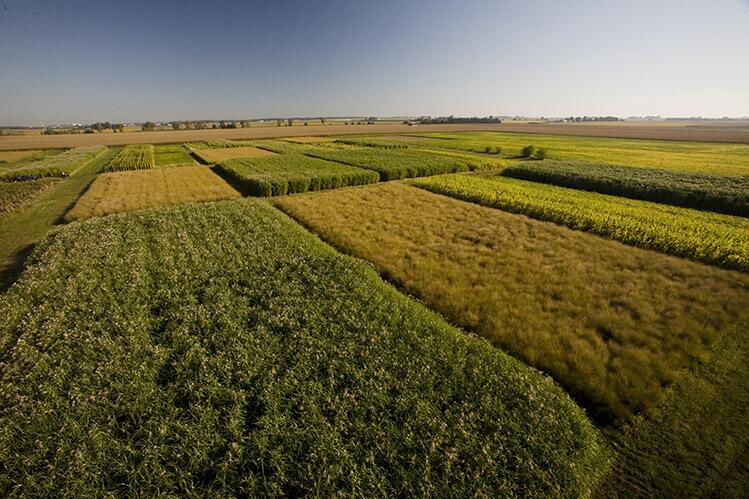CABBI team adds powerful new dimension to phenotyping next-gen bioenergy crop

Miscanthus is one of the most promising perennial crops for bioenergy production since it is able to produce high yields with a small environmental footprint. This versatile grass has great potential to perform even better, as much less effort has been put into improving it through breeding relative to established commodity crops such as maize or soybean.
However, breeding must become faster and more efficient if it is to reach the potential for sustainable and resilient biomass production in miscanthus. A key bottleneck in the process is the ability to measure the growth of thousands of varieties of the crop in the field and select the small number of varieties that perform best. This requires new, sophisticated technologies for capturing data and analyzing it.
A study by researchers at the Center for Advanced Bioenergy and Bioproducts Innovation (CABBI), including faculty in the Department of Crop Sciences, demonstrated how unmanned aerial vehicles (UAVs, or drones) combined with cutting-edge machine learning methods can assist the selection of the best candidate genotypes in miscanthus breeding programs. The team used neural nets — computer systems modeled on the human brain and nervous system — to analyze very high-resolution aerial imagery and identify key miscanthus traits during the crop’s growing season.